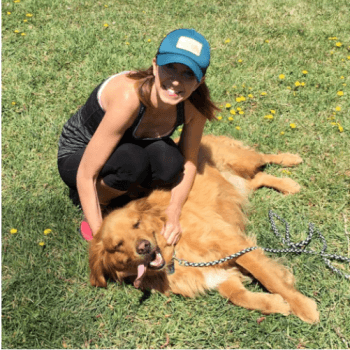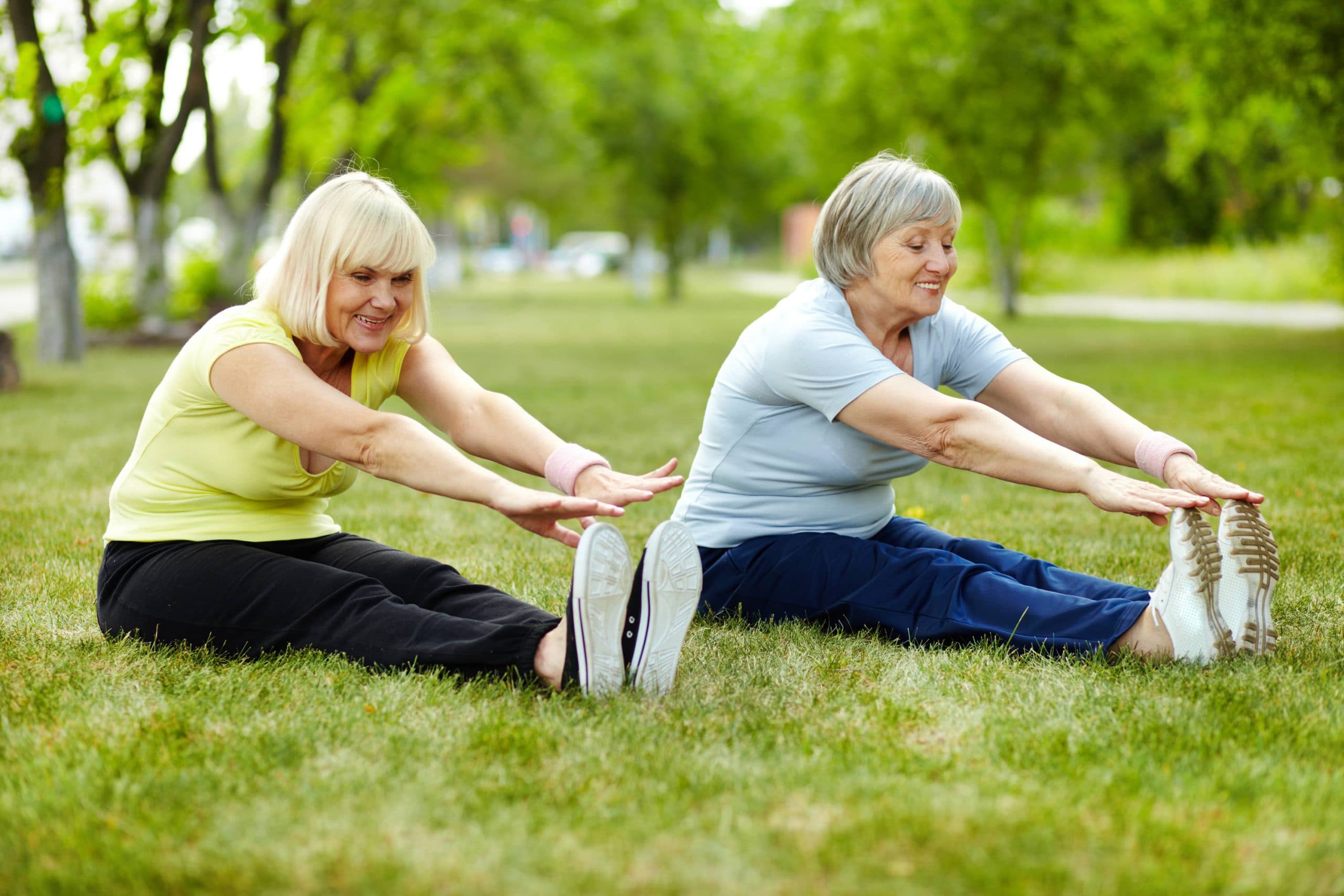Fifteen minutes is a short amount of time that can go a long way. Ray Charles wrote “What’d I Say” on the spot in only 12 minutes when he had time to kill at the end of a 1958 gig. And Felix Baumgartner’s skydive to Earth from a helium balloon suspended in space? Under 10 minutes from launch to landing.
We’re not suggesting you compete with a 17-time Grammy winner or an Austrian skydiver. Instead, we’d like to encourage you to do something just as important by giving a little bit of love back to someone who gives so much to others—yourself.
Air supply
You’re already in great shape with this challenge, because you’re breathing as you read this—unless you’re holding your breath. (Are you?) People under significant stress, like caretakers, often hold in air or take shallow breaths when things get tense. Unfortunately, this practice can cause hyperventilating and add even more stress to your body.
High anxiety and a lack of oxygen can quicken your heart rate, tighten your throat, and cause some pretty scary chest discomfort. Combined, these symptoms make many people worry that they’re having a heart attack. In reality, BMC Emergency cites that 80% of patients who visit the ER with chest pain do not have a true cardiopulmonary emergency. (We’re certainly not suggesting you ignore any truly worrisome signs. Medical News Today published a great article that can help you tell the difference.)
The good news is that the remedy for inadequate breathing is free and available everywhere.
Be mindful
Mindful breathing can help lower blood pressure, relieve stress, and encourage feelings of relaxation that last far beyond the end of your breathing exercises. The premise is simple: Focus your full attention on your breath as you inhale and exhale, then repeat. There are a few different versions that we’ve found helpful, which we’ll detail below. But first, we want you to prepare.
Find a time of day when you know you won’t be interrupted. We know—easier said than done, right? Early morning, while our family members are still sleeping, is most convenient for us, but you might prefer to carve out time while your loved ones are napping, or when another family member is around to help out with caretaking for a bit.
Find a room where you can close the door to get some true peace and quiet. We’ve even used a closet from time to time. Draw the shades and turn out the lights. Music is optional, but if you need to block out sounds from other family members, it might be helpful. If you do opt for tunes, search for “meditation” or “mindfulness” options on YouTube, Spotify, or iTunes. They tend to be repetitive and wordless, which are good features in this case—you want your attention to be on your breath, not on catchy lyrics.
Locate a comfortable spot and sit or lie down—no standing for this one. We like to put one pillow under our head and another one under our knees, but if you prefer sitting, make sure your head, neck, and shoulders feel supported. Close your eyes.
4-7-8
Many experts recommend taking an exaggerated breath to start your practice. Inhale deeply through your nostrils for three full seconds, hold your breath for two seconds, and exhale loudly through your mouth for four seconds. Repeat this a few times if it feels good, then move on to the more relaxing portion of the practice.
We’ve found that the best way to truly calm ourselves is by taking slow, full breaths using the 4-7-8 method, which is also called “relaxing breath.” It’s exactly what it sounds like: Breathe in for four seconds, hold your breath for seven seconds, and exhale for eight seconds.
Each time you breathe in through your nose, make sure your belly fills with air. You can place one hand on your stomach and one on your chest to make sure you’re getting enough oxygen. As you breathe in, the hand on your stomach should rise more than the one on your chest, and as you breathe out, the hand on your stomach should fall more than the one on your chest.
After about five minutes of concentrating on our breath, we like to add in a bit of muscle work.
Progressive muscle relaxation
Starting at the top of your body, breathe while tensing each group of muscles for 5-10 seconds, then breathe out for 5-10 seconds while releasing that same muscle group. Don’t move onto the next group until you feel like you’ve fully relaxed the one you’re currently working on. We recommend this order, but if you’re more comfortable working from your feet up, go for it.
Forehead
Jaw
Shoulders
Arms
Hands
Abdomen
Buttocks
Thighs
Calves
Feet
Once you’ve worked your way up or down your body, reverse and repeat the process if you have time—and if you’re awake. Disclaimer: Sometimes progressive muscle relaxation works a little too well and we find ourselves drifting into a short nap.
Have stress, but don’t have 15 minutes or the chance to lock yourself away? No worries. There are plenty of breathing exercises that can be done anywhere, anytime, and make a difference in mere seconds. We like this assortment from Healthline.
Whenever, wherever, and however long you practice mindful breathing, the most important thing is to take some time to focus on yourself, reduce acute anxiety, and—to paraphrase Ray Charles—say “Hit the road, stress, and don’t you come back no more, no more, no more, no more.”



